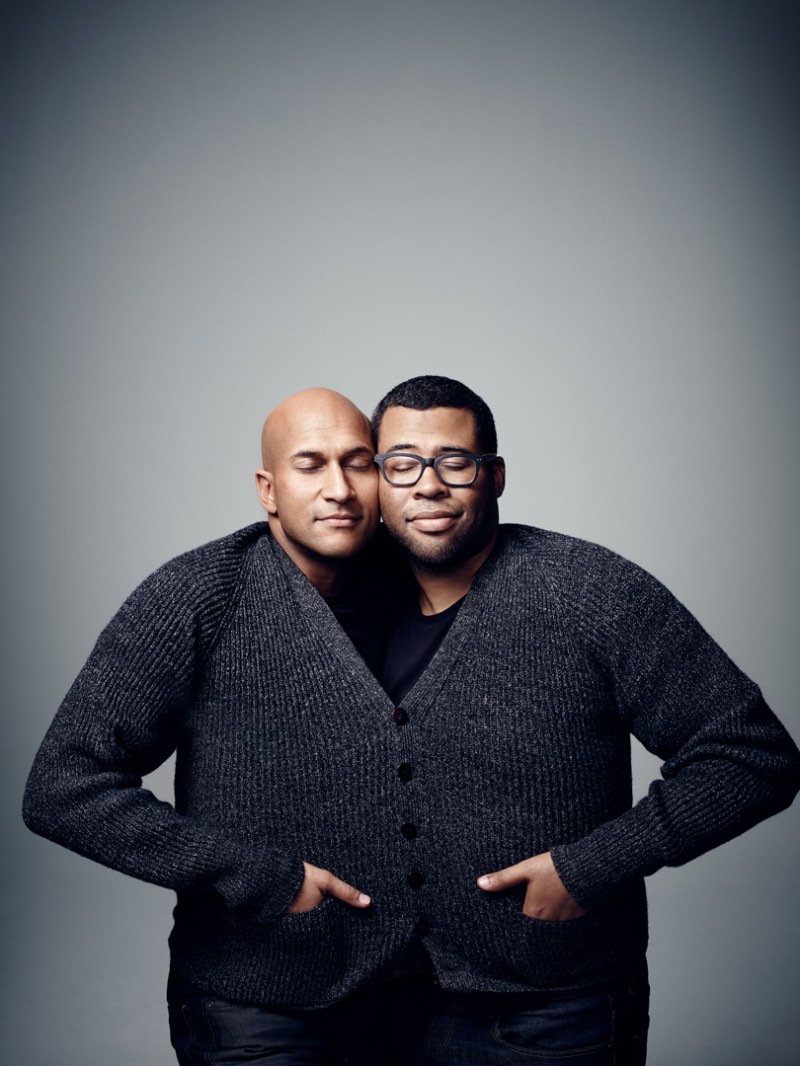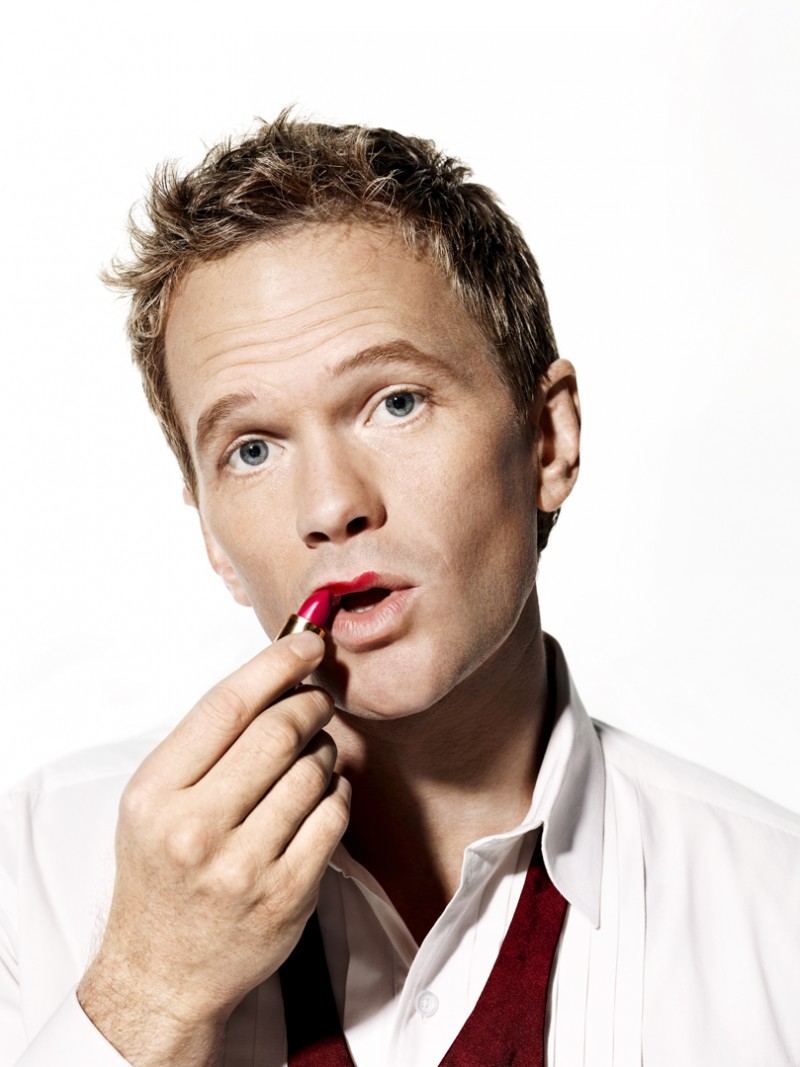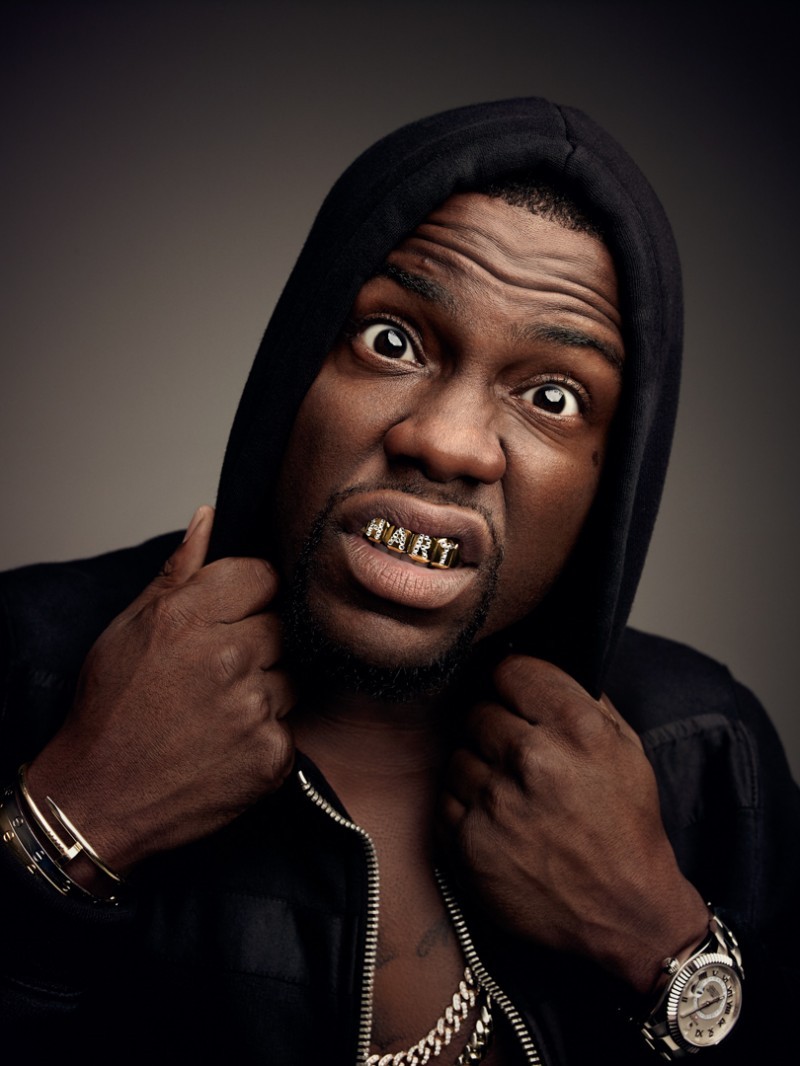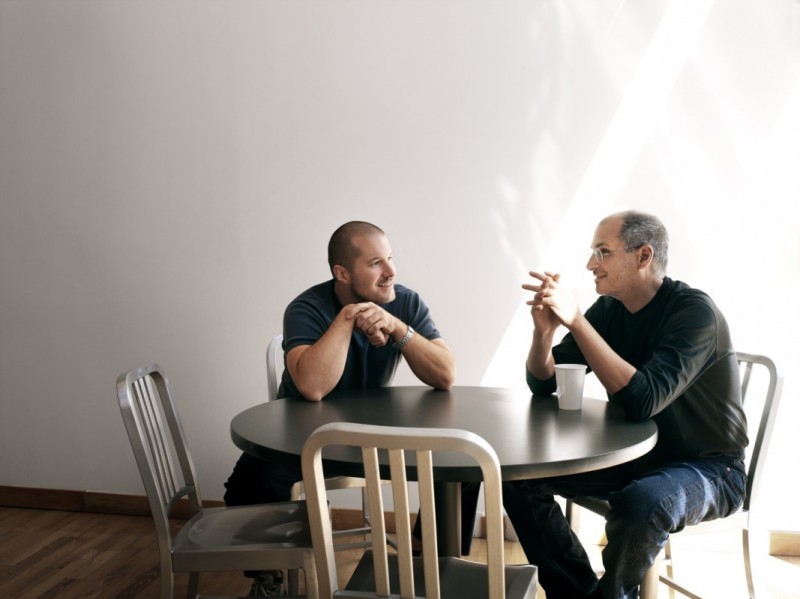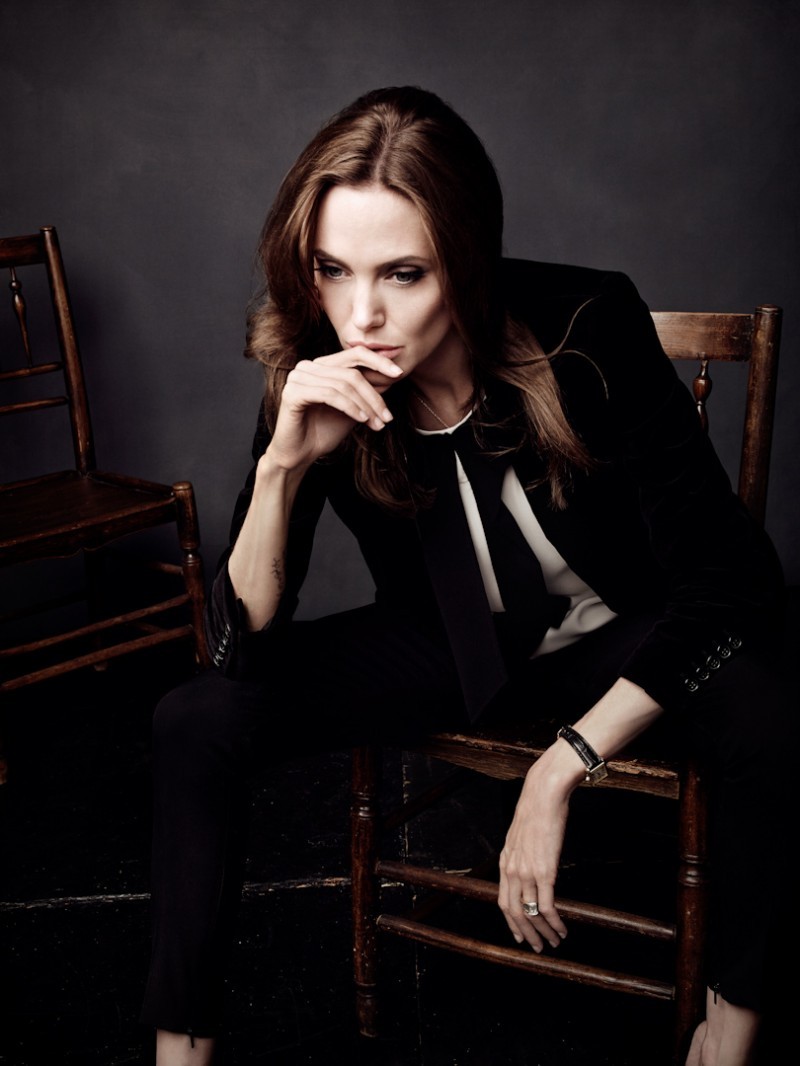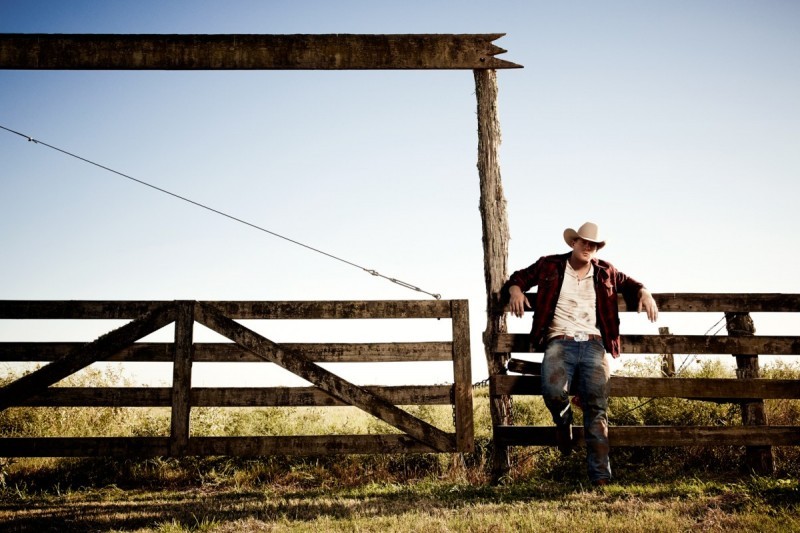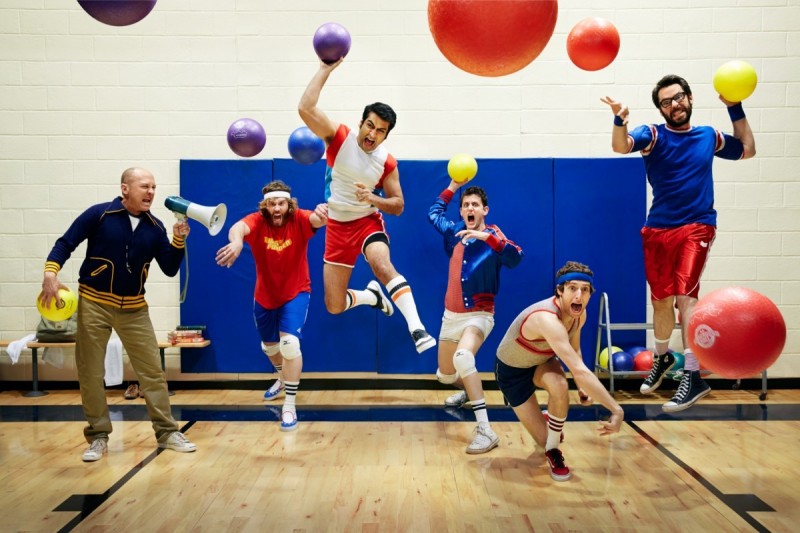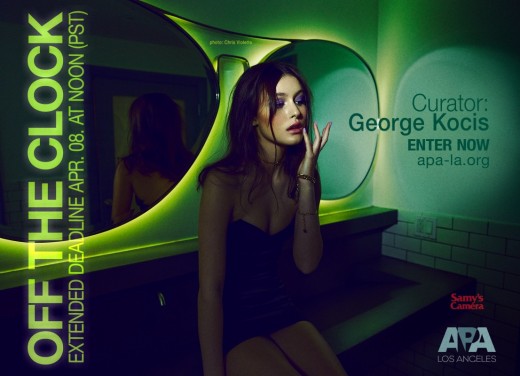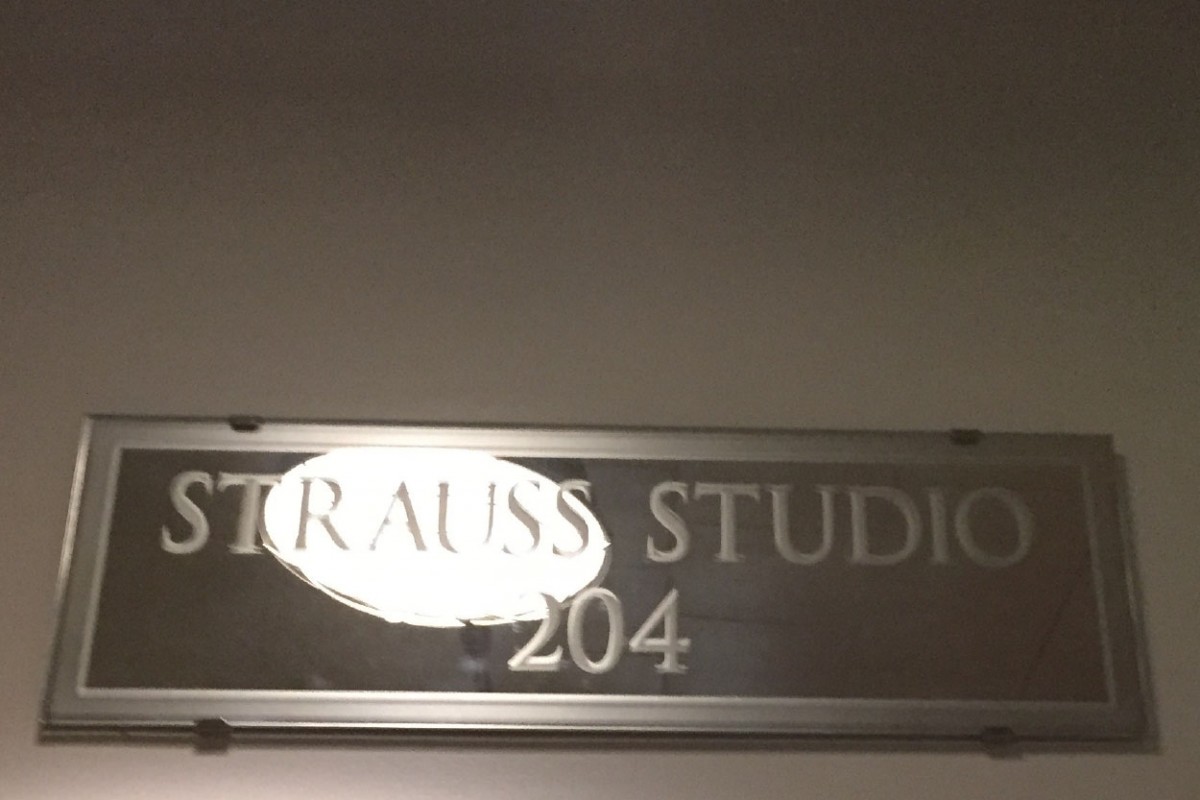Art Streiber: Paying it forward
Interview with Heidi Volpe
Art Streiber, one of the most influential Los Angeles photographers is also one of the most grounded, giving photo mentors this decade has seen. His award winning portraits canvas print, digital and motion. Since 2005 his work has been regularly selected for America Photography, Communication Arts Photography Annual, PND Photo Annual and APA National Photo Competition. One of his many talents are portrait duets and ensembles which are categories noted on his site. Make no mistake, it takes a special talent to command a compelling group portrait. His largest group so far was 116 actors, actresses and directors for Paramount Pictures, which was later featured in Vanity Fair. I had the pleasure of working with Art for a magazine cover where we lit the subject on fire. Literally.
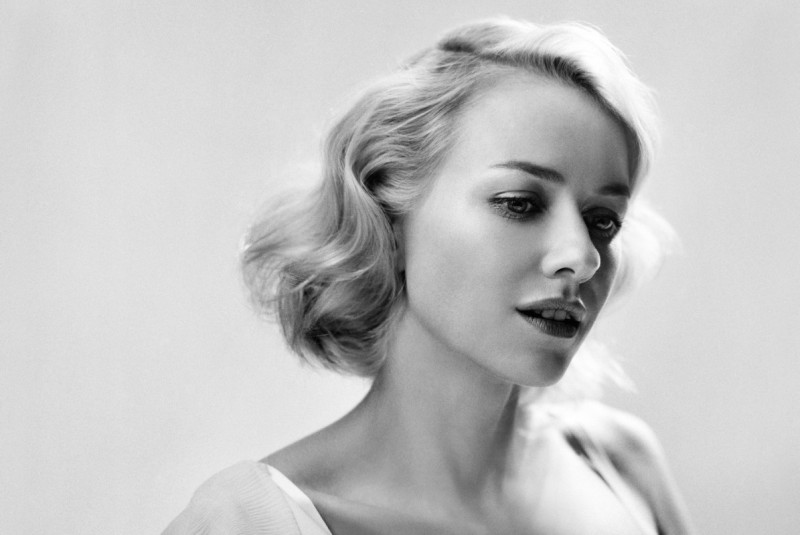
You've always been a generous photographer with your time and knowledge. Your latest efforts include showing your BTS and how you light on your Instagram feed. How has this notion of “pay it forward” helped your career?
That’s an interesting question, because on the surface it seems a bit inside out: How has helping others helped my career? One example of my ‘paying it forward’ is my recommending a talented, young photographer or former assistant, to my clients. My clients appreciate the recommendation and remember me as being helpful and supportive.
Has it ever hindered you in any way?
I have lost jobs to former assistants, but my feeling is that they were the better choice, for whatever reasons, for that particular job.
Where does your desire to pay it forward stem from?
I’m compelled to mentor and advise younger photographers and assistants because I wasn’t mentored. In fact, three very significant figures in the formative years of my career advised me AGAINST pursuing photography for a living. If I can give any insights or help any light bulbs go off, I’m happy to do it. And, I am a big believer in community-building in a profession that fosters the notion of the isolated, independent artist.
You've always been impeccably dressed, how do does that change the conversation for you on set, on meetings with clients?
I’ve always felt that it was important to take myself seriously as a professional and one way to do that was to be “presentable,” by wearing a button-down shirt and a blazer. I’m still wearing jeans and boots, but the addition of the shirt and blazer immediately changes and elevates the perception of the “photographer.” On any given shoot, I could be walking into someone’s home or office, or into a 5-star hotel or restaurant, and looking “professional” definitely helps me and my crew get taken seriously and get what we need in order to get the job done. At meetings, especially at movie studios, television networks and advertising agencies, I am usually over-dressed, just because I’m wearing a blazer. But I’d rather be over-dressed, elevate the profession and have my approach and production be taken seriously from the outset.
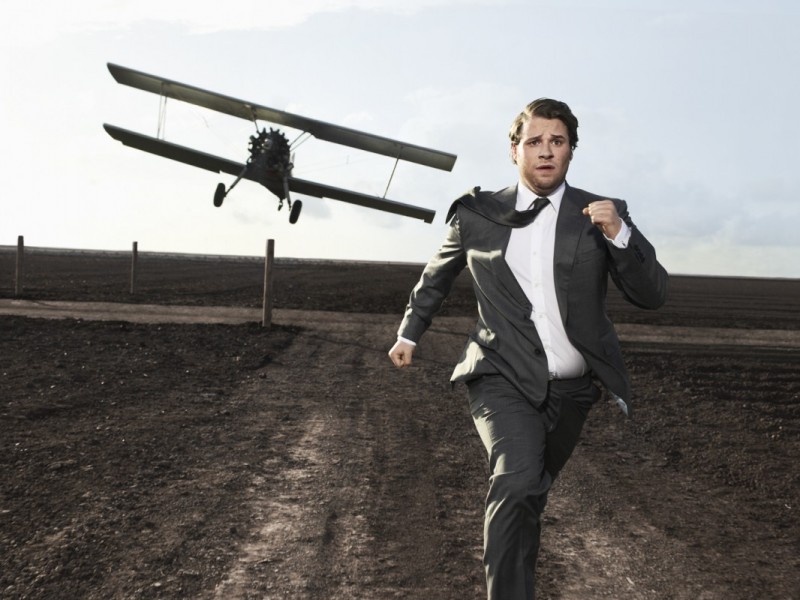
Your family is in the industry, how has that folded in your career and is the photography business part of the regular conversation at home?
My wife is the West Coast Bureau Chief for In Style so there is a LOT of magazine talk in our house. I edit what she writes and she edits what I shoot, which is incredibly helpful.
My sister is the Bookings Director at Smashbox and when we see each other, we talk shop, compare notes and like everyone else in the business, moan and groan about the industry. But my brother the vet finds the shop-talk at our family dinners to be a bit annoying and my brother the financial planner really doesn’t understand how our industry gets away with paying vendors on a 90day - 120day calendar.
Do you feel having a "family" in the industry benefits you, if so how?
Creating a supportive community of producers, assistants and crew has been essential to my career; we have a lot of fun on set, even though we are working hard, traveling and putting in long hours. My crew isn’t afraid to point me in a different direction or make recommendations that will improve my images. I know how talented my crew is and do whatever I can to be equally supportive of them.
You've always been successful, lately even more so. What do you attribute this new level of success to?
I honestly don’t see myself as “more” successful than I have been in the past. If anything, I feel like I am still in the hunt to BE successful. My measure of success is on a per-shoot basis, on a per-job basis. There are still clients for whom I haven’t worked and subjects that I haven’t photographed. I am very fortunate to work for a number of different editorial clients which gives the impression that I’m “everywhere.” But I have dry spells and set backs just like everyone else. Even at my “level” there is still more to accomplish.
I've heard you present at SPD (Society of Publication Designers), and have been with you on set. You have no problem engaging a room, holding your own space. Where does this skill come from?
I have no idea where this comes from but I’ve been doing it for a few years, so I guess the easy answer is…experience.
I’m a big believer in the balance between nurture and nature, so there might be a bit of a natural predisposition in there as well.
Tell us 3 key things you keep in mind for client presentations, creative meetings, keeping people engaged.
The primary thing to remember when you’re speaking or presenting is that you are a storyteller. First and foremost, you have to have an engaging narrative, a through-line, a beginning, a middle and an end. Secondarily, keep it light and fun. Make ‘em laugh! Next? Know your audience. Don’t get bogged down in tech talk with people that don’t know what an F-stop is…save your shutter speed jokes for the big photo nerds. And DO YOUR HOMEWORK. Know what you’re talking about. Otherwise, why should anyone listen?
How has being represented by Stockland Martel changed the game for you?
Stockland Martel has given me access to traditional advertising while maintaining my presence in the editorial and entertainment markets. SM has opened doors at magazines, networks and studios for whom I have never worked.
How did they position you differently if at all and how did they make you think differently about your work?
Stockland Martel positioned me as the versatile problem-solver, convincing clients that I can handle most anything that is thrown my way. And SM helped me see my imagery in a different way. They gave me the perspective of the art buyer, which I had never had before: Can my imagery be used to sell a product or service?
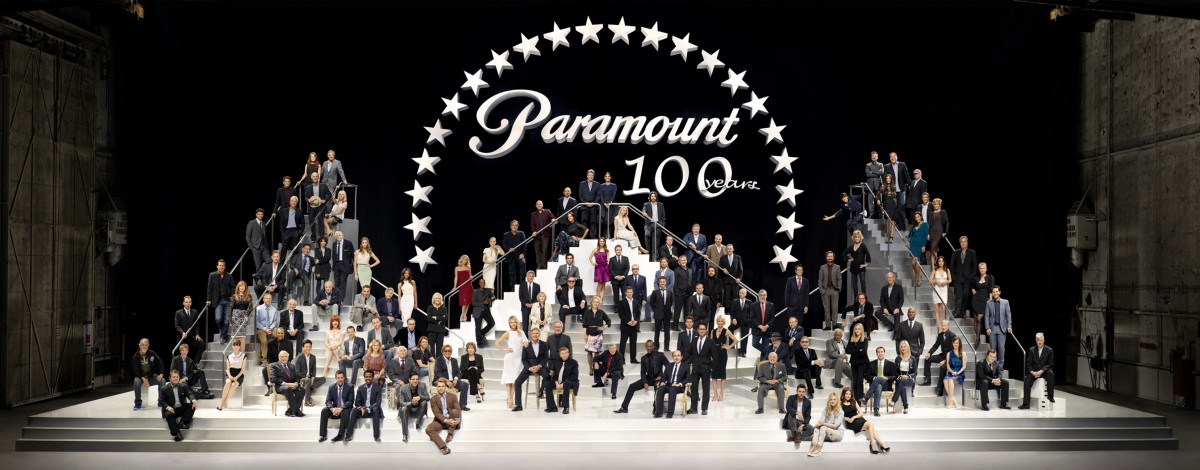
How many portfolios do you have and how did you organize them for your initial meeting.
I have an entertainment portfolio and an “everybody else” portfolio. But when I met with Stockland Martel for the first time, I showed them EVERYTHING so they could see what I was capable of, in addition to showing them my curated portfolio so that they could see how I edit my work.
Why did you feel you were a good fit for them?
I believe that getting an agent is like getting married. You have to ask yourself, “Is this the person with whom you can spend the rest of your life? Can you grow together? Would you like to have dinner with them on a regular basis?” With regards to fit, I feel like I am a good addition to their entertainment and editorial roster.
How has your own way of promoting yourself changed as the industry changed?
Before the internet, before the smartphone and before social media, it was all about your portfolio and promotional mailers. There is no question that the web is now king. The web is the first place we go to get information when we hear about someone or something for the first time. So my Studio Manager, Jodie Younse, and I, keep my website as current as possible. Very few editors and art buyers have the time to meet you and look at your portfolio, and they are relying on the web and specific PDF’s of your work to understand what you’re about as a photographer. I’ve also learned how to build and write treatments, which is an outgrowth of the advertising industry’s demand for creative input from the photographers who are being asked to bid on their projects.
What are 5 key things for any young photographer getting into the business to keep in mind?
1. Have money in the bank. You might not be paid for a job for 60 or 90 days.
2. Stay organized. Run a tight ship.
3. Stay balanced. Work hard and play hard.
4. Make it easy on your clients. They are more stressed then you are.
5. Act like a professional and bring old-school graciousness to our profession.
How often do you promote yourself outside of what your agency does?
I am constantly reaching out to old clients and to new clients. Once a year I am producing my own, multi-page, printed piece. Every three months we change up all of the categories on the website. And a couple of times a week I am posting some craziness on Instagram.
What are some of your successful non-traditional ways of promoting yourself?
I really am pretty mundane and fairly traditional when it comes to self-promotion. However, I did send out a New Year’s themed promo piece two years ago.
